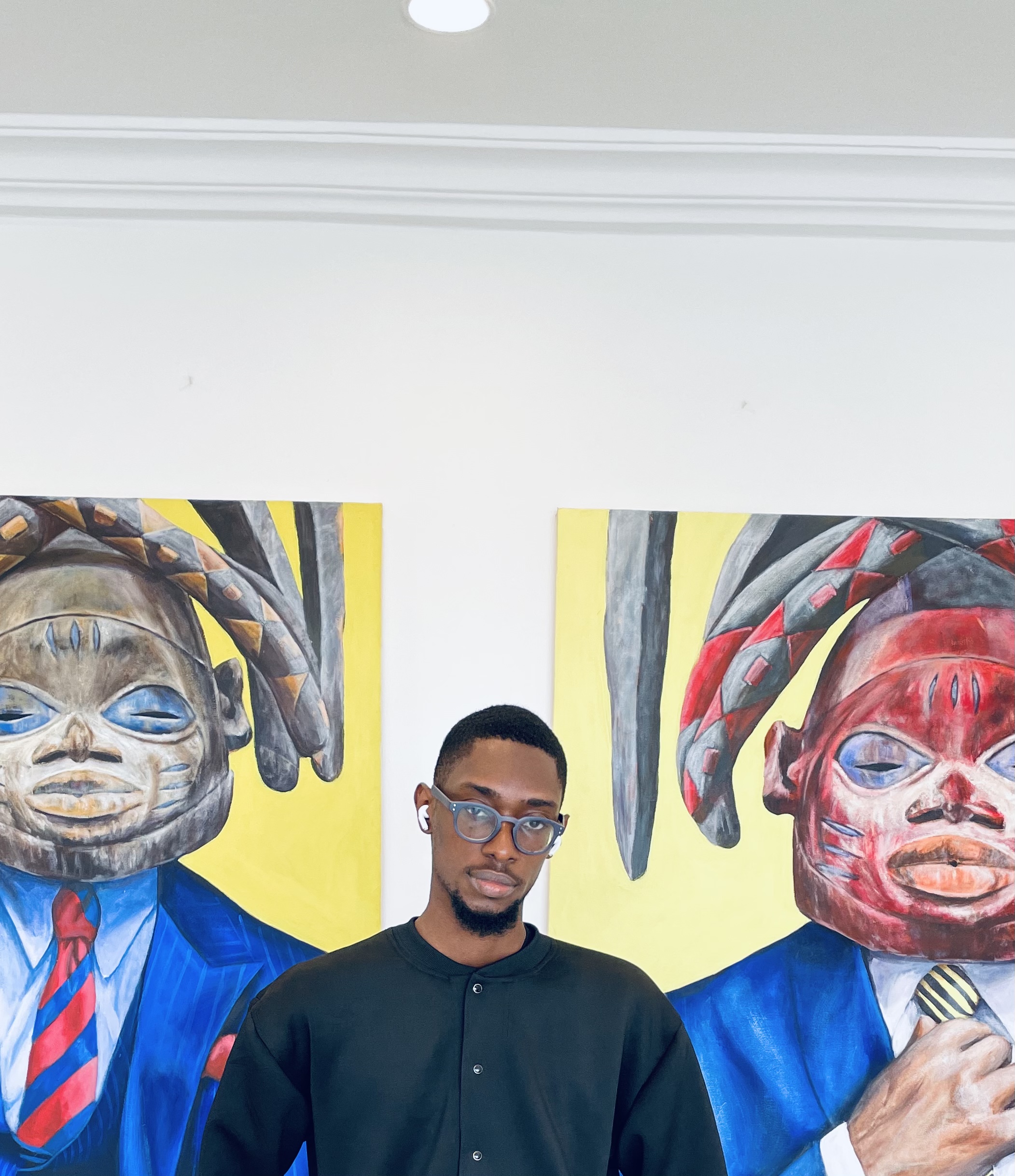
The beef between Drake and Kendrick Lamar is undoubtedly one of the biggest sagas of 2024, solidifying its place in hip hop history. Regardless of which side you stan, it’s hard to deny that this is one of the most significant feuds we’ve witnessed in years, and if you're a rap fan, you're definitely loving it. Listening to “Euphoria” and “Family Matters” even brought a tear to my eye; hate rap is alive and kicking. But along with its resurrection, we’ve seen the remarkable birth of AI sampling.
The Rise of AI Sampling in Music
AI sampling has been around for a while, but never has it been used so prominently and legally. We might be witnessing a major shift in the entertainment space.
Using AI, musicians and songwriters can generate content in seconds, synthesize sound-alike vocals, separate elements on the same track, and much more. In short, technology has empowered us all to create and release music from our beds.
However, the big legal question is, "Who owns the intellectual property of music generated by AI?" The software company? The user? Or a third party if someone’s likeness is used?
Legal Complexities and Terms of Use
It’s a complex issue with many grey areas. The first thing to consider is the terms of use of the software. Yes, I know nobody reads those, but they play a crucial role in determining who owns the rights to the music. Most AI music software offer a freemium model, meaning you can use it for free or pay for better benefits. For free users, the software company typically retains ownership or designates the content as public domain. However, with paid services, ownership is often granted to the user because there’s more individual creative input involved. AI systems don’t create content in a vacuum; they require the user’s creative input.
Intellectual Property Rights in AI-Generated Music
So, intellectual property rights do exist in AI-generated music, meaning you need to clear samples. But why would anyone want to sample AI-generated music? Just ask Willonious Hatcher, the creator of the famous “BBL Drizzy” sound.
The comedian used AI to inject some fun into the Drake and Lamar feud, and it took off. “The drummer guy” Metro Boomin’, part of the “20 v 1” against Drake, decided to remix the sound. And Drake himself brilliantly sampled the “BBL Drizzy” sound in his track “U My Everything” with Sexxy Red, becoming the first notable artist to clear an AI-generated sample.
Using Third-Party Voices
But what happens if a third party’s voice is used? We get our answer from the same feud. Drake released “Taylor Made Freestyle,” a diss track to Kendrick, using the voices of legendary rap artists TuPac and Snoop Dogg. The TuPac Estate’s lawyers weren’t pleased, and Drake had to take the song down to avoid a lawsuit. It’s common sense that using someone’s voice or likeness requires permission to avoid legal issues.
The Argument of Fair Use
There’s also the argument of fair use. One could claim that it’s protected as fair use and not copyright infringement if the content isn’t made for commercial purposes and doesn’t impact the market significantly. However, this is unlikely to hold up if the music becomes popular, like the song “Heart on my Sleeve,” created by TikTok user Ghostwriter 977 using the likenesses of Drake and The Weeknd. The song went viral but was soon taken down due to legal action by Universal Music Group.
The Future of AI in Music
With so many grey areas, it’s up to judicial arguments and the court discretion to determine if someone’s copyright has been violated. As more AI-generated tracks enter mainstream media, we hope for better legislative and judicial clarity on who owns the content and what constitutes fair use.
Hip hop is alive and well, and unfortunately or fortunately (that would depend on your point of view), Artificial Intelligence is here to stay with it.
Eyo Emmanuel is a law graduate fighting for his life at the Nigerian Law School, all so he can provide legal solutions to creatives and innovators.
Loading comments...

